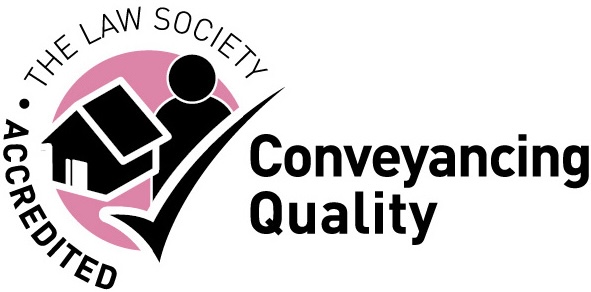When buying a new home, you should pay attention to any sizeable trees near the property. While they often won’t cause a problem, there is occasionally a risk to the stability of a house nearby.
If your neighbour’s tree overhangs your garden, you are within your rights to trim any branches that encroach onto your property. The limbs that you remove strictly speaking belong to your neighbour, so you should return them to their side of the boundary.
Subsidence from trees
The roots of a tree are unlikely to damage property foundations themselves as few can penetrate concrete. However a large tree will remove a considerable quantity of water from the ground and this can cause the area to dry out more than before.
When this happens, the soil shrinks and it is possible that the building’s support will be diminished. This effect can cause cracks as the house settles lower into the ground.
Heave from tree removal
Similarly, if a large tree is felled, the water table can be affected as nothing is removing the water any more. A substantial amount of water sitting in the ground can cause it to swell and rise upwards. This is called heave and it can also damage a property as foundations are pushed up from below.
How to treat a tree problem
If you suspect there may be a problem with a tree on neighbouring land, the first thing you should do is talk to the owner. They probably won’t want to risk legal action, should their tree damage your home, so the sensible course of action for them would be to investigate whether the tree is actually causing a problem.
A qualified arborist will be able to give an opinion as to whether a tree is likely to damage property and will be able to suggest a course of action such as radical pruning or removal.
If you are thinking about buying a property with a large tree on the boundary, make sure you pass your concerns on to your surveyor and ask their advice. They may suggest you obtain a specialist report and if any remedial action is recommended, you can ask the seller to deal with this before completion.
Similarly, if the tree belongs to the property you are intending to buy, investigate whether it is likely to cause damage to your own or neighbouring property.
You should also keep an eye on the size of trees near property. Some species grow very quickly and can become a problem in just a few years.
If you are thinking of buying or selling a home, speak to one of our expert property lawyers on 0333 305 5189 or email us at info@lpropertylawyers.co.uk
